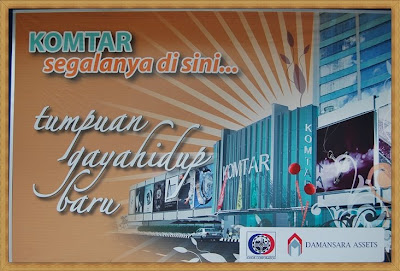Regulations 66 of Peraturan Elektrik 1994 stipulates that Safety Inspection on electrical installation which receives electricity supply rated more than 100A from Supply Authority (other than domestic installation) need to be inspected by competent person at least once a month (those with stand-by generators). Thus, every electrical installation should be kept in a tip-top condition to ensure security of supply and safety of personnel operating the installation. An air base is one of the critical installations which should be well-maintained as it is very critical to protecting country's sovereignty.
Recently I visited one of the 11-kV installations maintained by JKR. The visit was arranged to guide or enhance the capability of JKR Electrical Personnel in carrying out Safety Inspection works on electrical installations maintained especially the high voltage system.
As the exercise took only about four hours, we had only minimum time to inspect and conclude on the findings. Append below are some photographs taken at site during the inspection for reference. The remarks are purely personal and if anyone needs any further information, please contact the author.






Kota Bharu..
Recently I visited one of the 11-kV installations maintained by JKR. The visit was arranged to guide or enhance the capability of JKR Electrical Personnel in carrying out Safety Inspection works on electrical installations maintained especially the high voltage system.
As the exercise took only about four hours, we had only minimum time to inspect and conclude on the findings. Append below are some photographs taken at site during the inspection for reference. The remarks are purely personal and if anyone needs any further information, please contact the author.






Kota Bharu..































